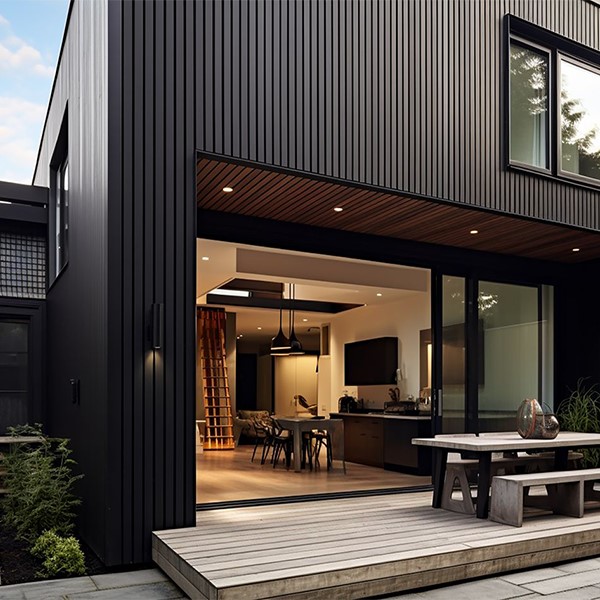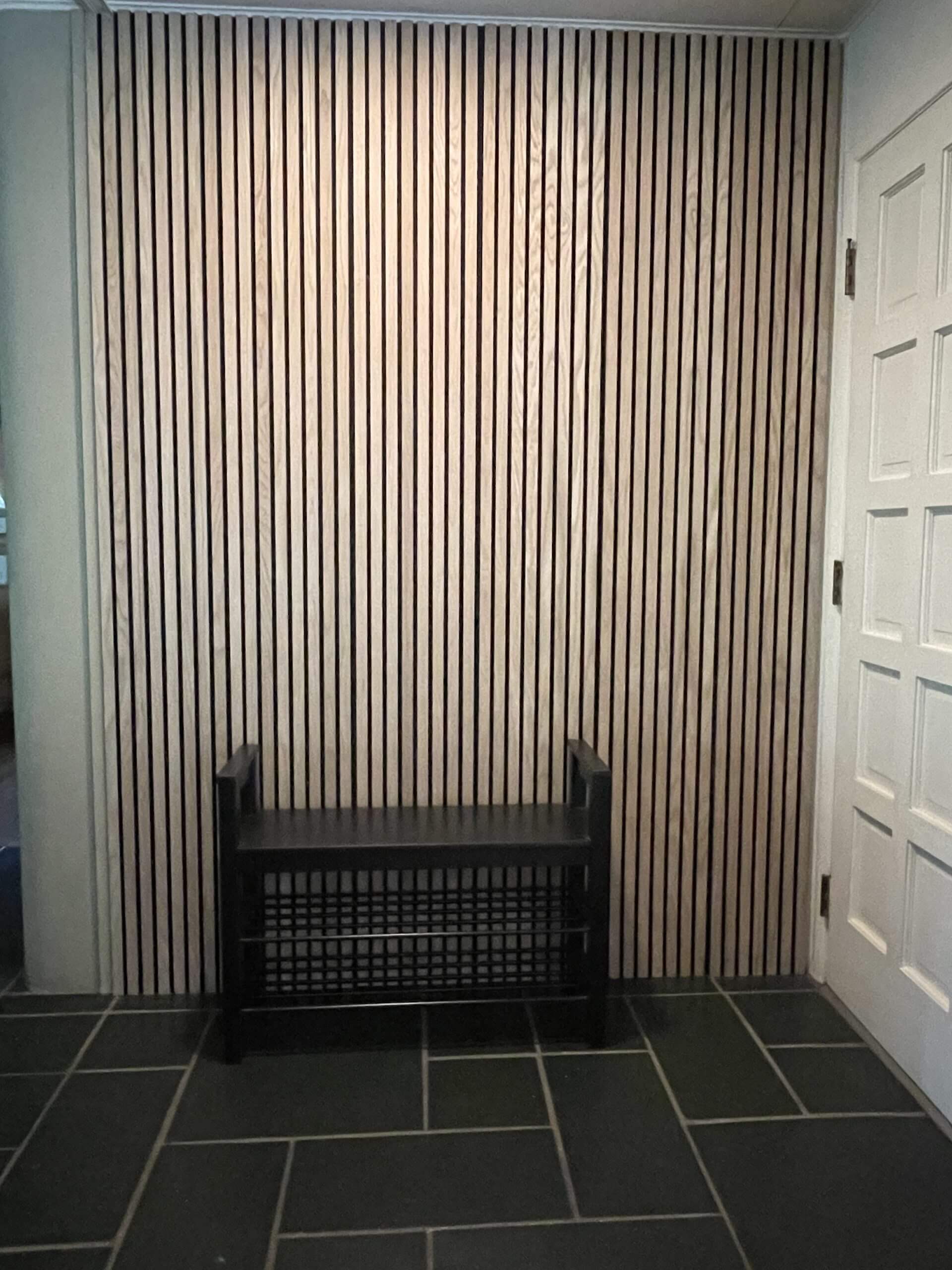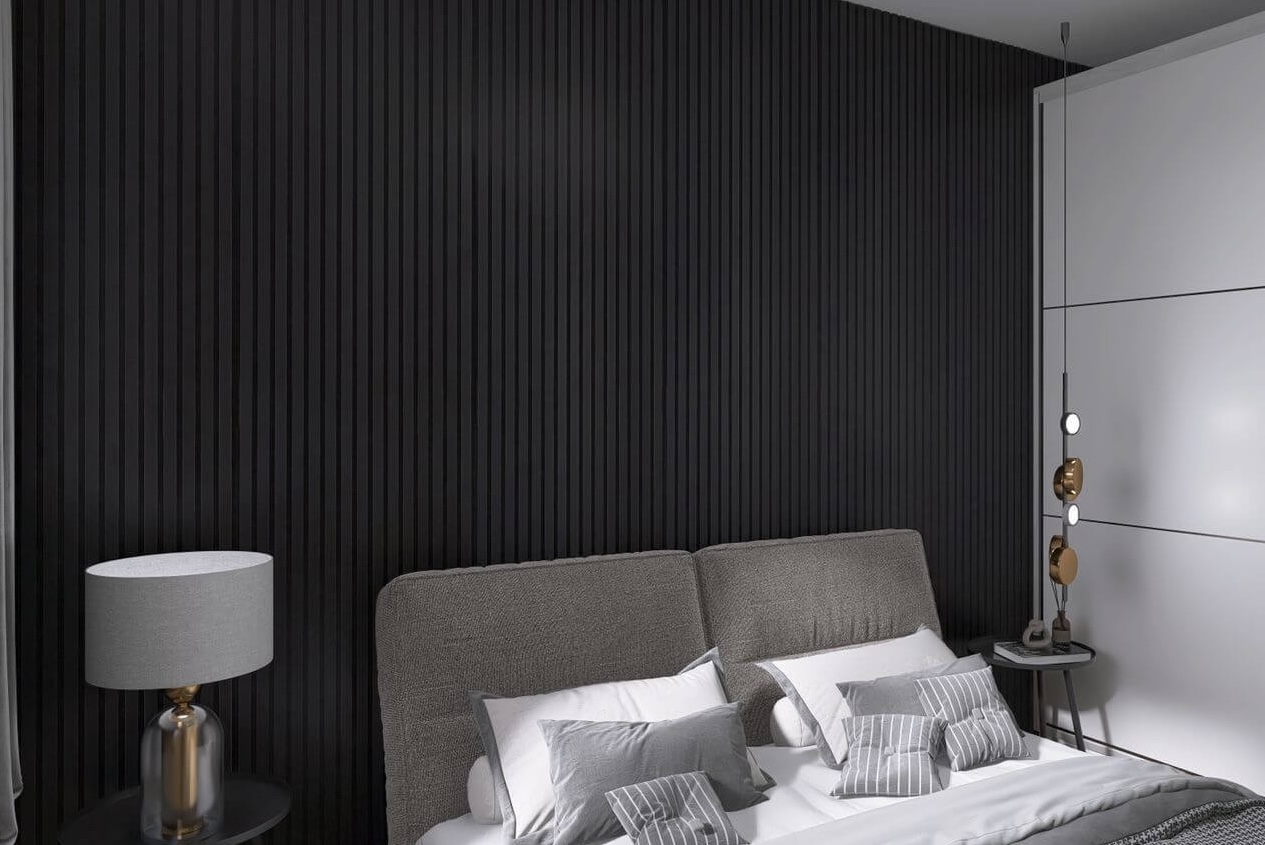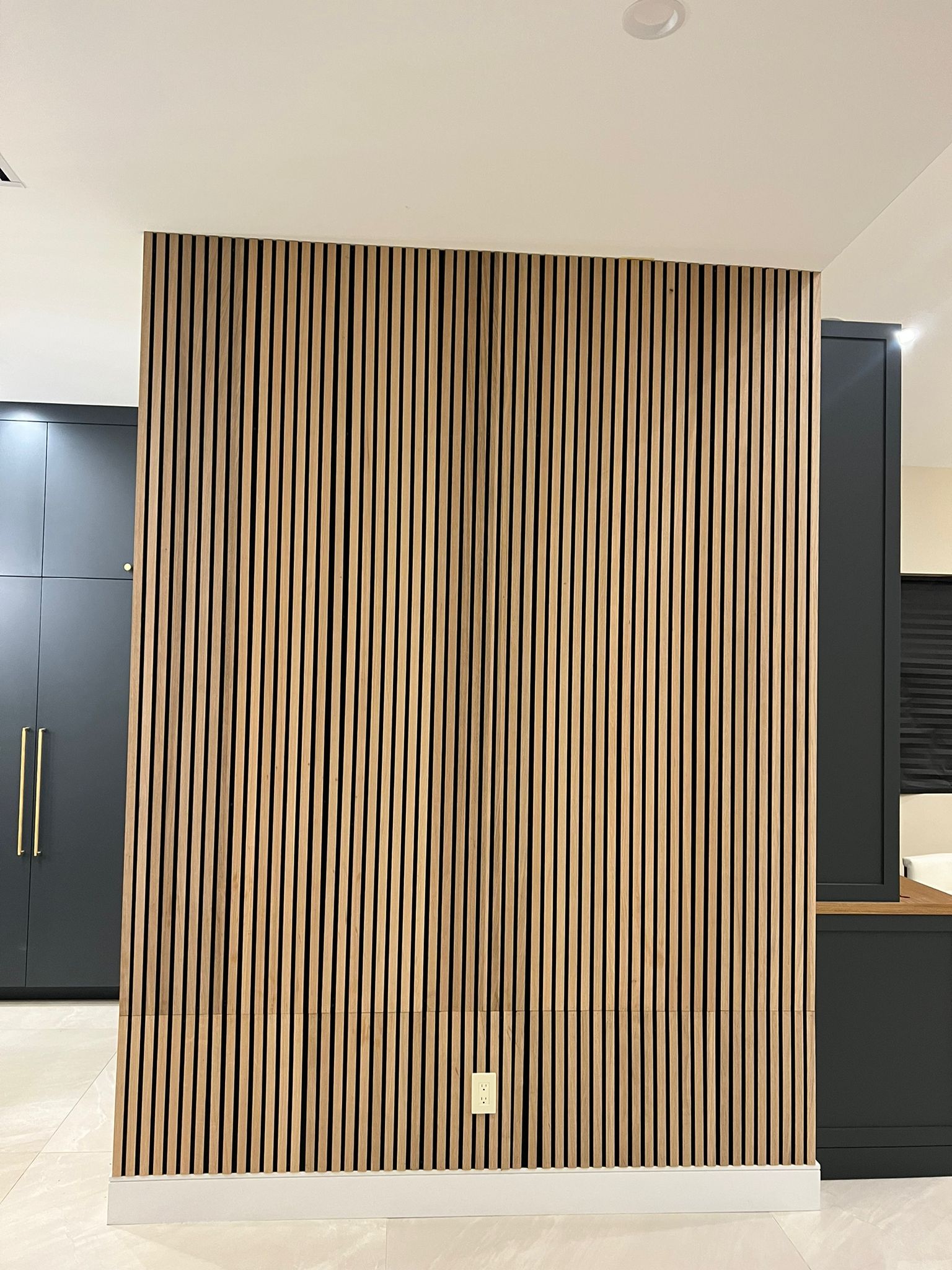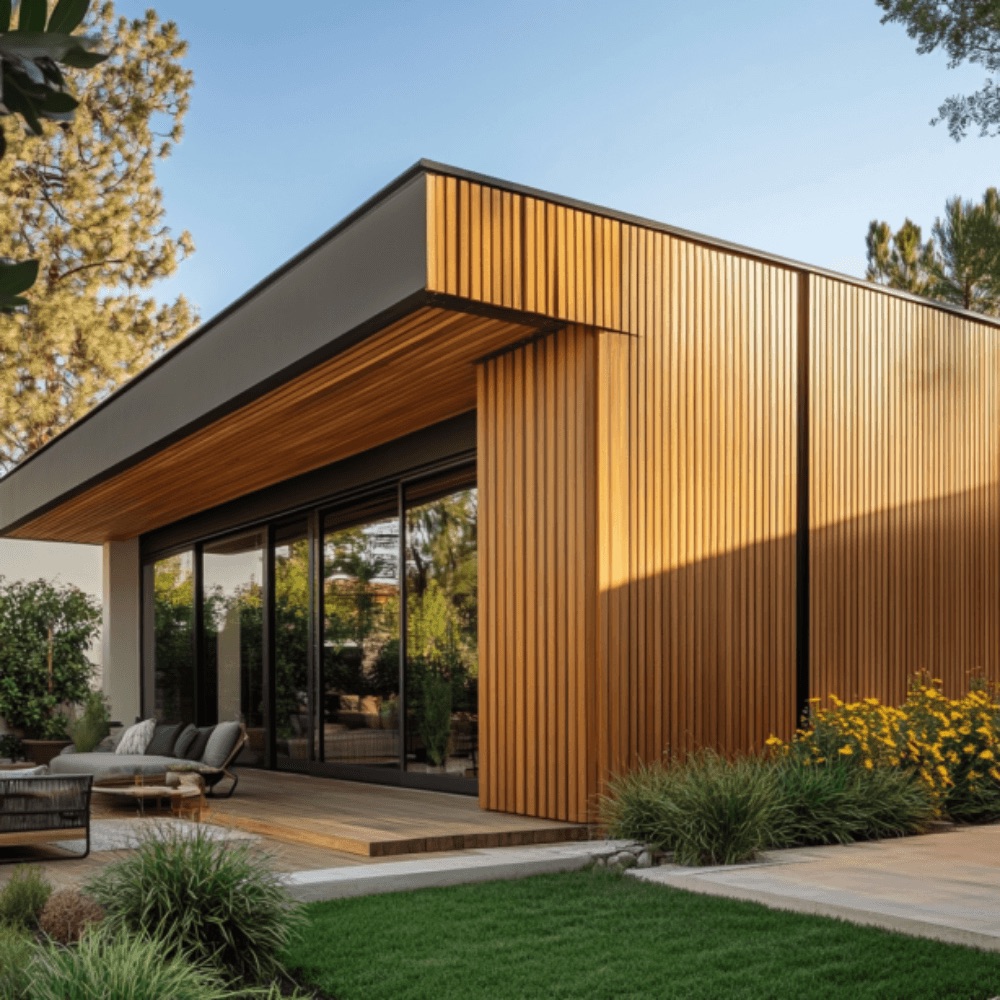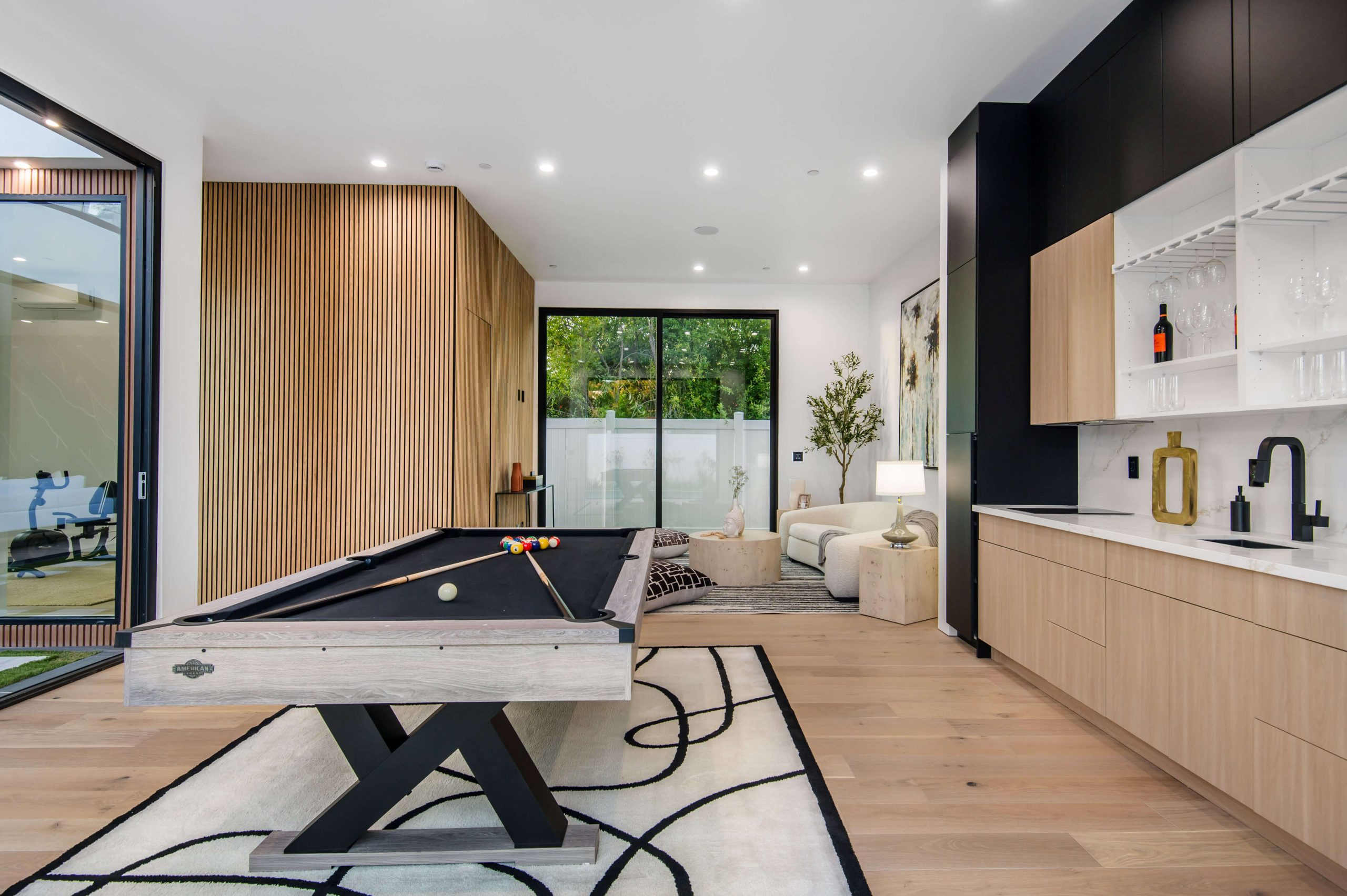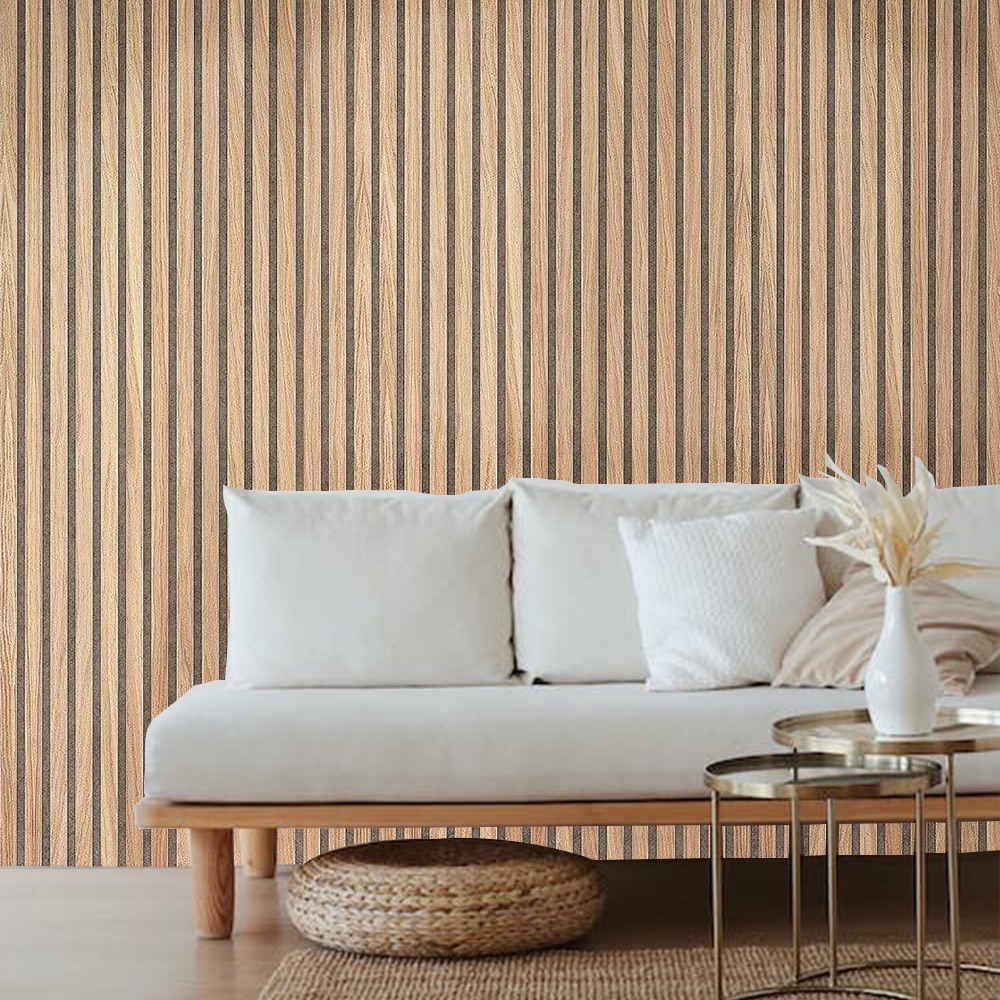When it comes to enhancing the beauty and functionality of outdoor spaces, few options rival the elegance and durability of wood wall panels for outdoor use. Wood wall panels can transform ordinary exteriors into stylish, inviting spaces, adding warmth, texture, and sophistication. In this article, we’ll dive into everything you need to know about using wood wall panels outdoors, from their benefits to installation tips and maintenance.
Why Choose Wood Wall Panels for Outdoor Spaces?
Wood wall panels for outdoor use are not only visually appealing but also offer a host of practical benefits. Here’s why they’re a great choice:
- Durability: High-quality wood panels designed for outdoor use, such as those made from Wood-Plastic Composite (WPC) or treated natural wood, are weather-resistant and durable.
- Aesthetic Appeal: Wood panels add a natural, elegant look to outdoor spaces, blending seamlessly with gardens, patios, or even commercial exteriors.
- Versatility: Whether you’re looking to create a feature wall on your patio or cover the exterior of your home, wood wall panels can be tailored to suit any design or architectural style.
Benefits of Wood Wall Panels for Outdoor Use
- Weather Resistance
Outdoor wall panels, especially those made from materials like WPC, are designed to withstand the elements. These panels resist moisture, UV rays, and temperature fluctuations, ensuring they remain beautiful and functional over time. - Sustainability
Many outdoor wood panels are sourced from sustainable forests or made from composite materials like WPC, which are eco-friendly. - Low Maintenance
With proper treatment and installation, wood wall panels for outdoor use require minimal upkeep. Periodic cleaning and occasional sealing or oiling are often all that’s needed to keep them looking great.
Types of Wood Wall Panels for Outdoor Use
Choosing the right type of wood wall panel depends on your specific needs, preferences, and climate conditions. Here are the most popular types:
- Wood-Plastic Composite (WPC) Panels
- Durability: Made from a blend of wood fibers and plastic, WPC panels offer superior durability and resistance to rot and decay.
- Weather-Resistant: These panels are perfect for regions with extreme weather conditions as they don’t warp or crack easily.
- Aesthetic Flexibility: WPC panels come in a range of colors and finishes, allowing homeowners to customize their outdoor spaces.
- Natural Wood Panels
- Timeless Appeal: For those who prefer the look and feel of natural wood, materials like oak or cedar are ideal.
- Maintenance Requirements: While natural wood panels add a rich, warm aesthetic to any space, they do require more maintenance than WPC options, including sealing to protect against moisture and insects.
- MDF Wood Veneer
- Cost-Effective: Medium Density Fiberboard (MDF) is an engineered wood product that mimics the look of real wood but is more affordable.
- Applications: While typically used indoors, MDF wood veneer panels with proper treatment can also be used in covered outdoor spaces.
How to Install Wood Wall Panels Outdoors
Installing wood wall panels for outdoor use may seem like a daunting task, but with proper planning and the right materials, it can be a rewarding DIY project or a seamless professional job. Follow these steps to ensure a successful installation:
- Prepare the Surface
Before installing the panels, ensure that the wall surface is clean, dry, and smooth. Any irregularities can cause the panels to warp over time. - Measure and Plan
Measure the dimensions of your wall to determine how many panels you’ll need. Always add an extra 10% to your material estimate to account for mistakes or future repairs. - Choose the Right Fasteners
Depending on the type of wood panel, you may need different fasteners. For WPC panels, screws designed for composite materials are ideal. For natural wood panels, make sure to use corrosion-resistant screws or nails. - Install the Panels
Start at the bottom of the wall and work your way up, ensuring that each panel is level before securing it. Leave a small gap between panels to allow for expansion and contraction due to temperature changes. - Seal and Protect
If you’re using natural wood panels, apply a protective sealant to guard against moisture and UV rays. WPC panels typically don’t need additional sealing, but check manufacturer recommendations for any specific care requirements.
Maintenance Tips for Outdoor Wood Panels
To keep your wood wall panels for outdoor use looking their best, follow these simple maintenance tips:
- Clean Regularly: Use a soft brush or cloth to remove dirt and debris from the panels. For tougher stains, use a mild detergent and water.
- Inspect Annually: Check your panels for signs of wear, such as cracks, warping, or mold. Address any issues immediately to prevent further damage.
- Seal Natural Wood Panels: If you’ve opted for natural wood, reapply a sealant every 1-2 years to maintain the wood’s resistance to moisture and UV damage.
- Avoid Harsh Chemicals: Stick to gentle cleaning products to prevent damage to the finish or color of the panels.
Frequently Asked Questions
-
Can wood wall panels be used in all outdoor environments?
Yes, but it’s essential to choose the right type of panel for your specific climate. For regions with high moisture or temperature fluctuations, WPC panels are a better choice due to their weather resistance.
-
How long do outdoor wood panels last?
With proper care, wood panels can last for decades. WPC panels typically last longer than untreated natural wood due to their composite material, which is resistant to rot and insects.
-
Do wood wall panels for outdoor use require professional installation?
Not necessarily. Many homeowners successfully install wood panels themselves. However, if you’re unfamiliar with the process or working with a large area, professional installation is recommended.
-
Are wood wall panels environmentally friendly?
Yes, many outdoor wood panels are made from sustainably sourced materials.
-
What is the cost of installing wood wall panels outdoors?
The cost depends on the material, size of the area, and whether you choose to DIY or hire professionals. WPC panels tend to be more expensive upfront but require less maintenance, making them cost-effective in the long run.
Conclusion
Whether you’re looking to upgrade your home’s exterior or add a touch of elegance to your outdoor living space, wood wall panels for outdoor use are an excellent choice. Durable, versatile, and visually stunning, they can elevate any space while standing the test of time. By selecting the right type of wood panel, ensuring proper installation, and following a simple maintenance routine, your outdoor wood panels will look fantastic for years to come.

